Rama Duwaji. Syriam cartoonists. Dibujante siria. ENG ESP

Syrian Illustrator Rama Duwaji Welcomes Us To Meet A World Of Women
Rama Duwaji is a Syrian illustrator based between Dubai and Washington, DC, whose work pays close attention to the faces of people around her. Monochrome portraits fill up Duwaji’s portfolio as she explores social issues such as beauty standards, misogny and the roles they play in the lives of women of colour and their mental health.
These issues are confronted in the layered line work which Duwaji uses to show in depth detail to each face she draws. Eyes stare out, lips sit full of stubbornness, and eyebrows arch with awareness. As character and personality is etched into each monochrome portrait, Duwaji joyfully guides the viewer to explore the people whose identity she wishes to share.
No one woman is the same and this is what shines out in Duwaji’s drawings, boldly portraying the uniqueness of each individuals’ features, presenting the beauty found in each nose, jawline and mouth. The scale which Duwaji uses is another element which makes her illustrations have such a profound impact on whoever sees them. Pushing facial features and hair styles to the very edge of a frame expanding the wonder of the female face until it seems to burst beyond the seams of the space it has been confined to.
There is the symbolic gesture of confidence and support felt in the way Duwaji’s depicts women on their own and in groups of twos and threes. This representation reflects an undercurrent of strength and power in their positioning next to one another, like a band or team not to be messed with. This hard-edged attitude felt in many of the expressions we see on Duwaji’s faces is in perfect balance with a feeling of attention, care and love for celebrating womanhood, sisterly relationships and individual identities.
Rama Dawwaji is a Syrian-American visual artist whose powerful work has been featured by renowned outlets including The New Yorker, The Washington Post, BBC, Apple, Spotify, Vice, and London’s iconic Tate Modern. Based in Brooklyn, Duwaji creates artwork that centers around political activism, feminism, and social justice themes.
Much of her work is shared through Instagram, often reflecting her outspoken political views. In one of her recent pieces, she criticized the U.S. Immigration and Customs Enforcement (ICE) for the March 8, 2025, arrest of Mamhoud Khalil, a Columbia University student. Duwaji has also used her art to speak out against police violence toward pro-Palestine protesters, as well as to humanize conflict zones — such as a portrait series of bakers in Gaza.
Her husband (since December 2024) is Zohran Mamdani, elected mayor of New York (United States) on November 4, 2025.
We look forward to seeing how Duwaji’s drawings continue to grow and fill up more space for us to see and share in.
You can follow Rama Duwaji on Instagram here.
YUNG
A Dialogue with Rama Duwaji – Art, Activism, and the Spaces In Between
Rama Duwaji on making art, speaking out, and finding stillness in the noise.
A Dialogue with Rama Duwaji – Art, Activism, and the Spaces In Between
Art & Culture
April 7, 2025
Menna Shanab
Amidst a world unraveling—deepening crises in Palestine, the resurgence of authoritarian forces, and the ever-tightening grip of digital algorithms—Rama Duwaji has remained a steadfast and discerning voice. Always attuned to the nuances of resistance, community, and care, she approaches art as both an archive and a space of refuge. We caught up with her to explore how she’s navigating this moment, the shifts she’s noticing in creative landscapes, and the questions that have been occupying her mind.
Rama Duwaji, thanks for sitting with us. In the age of digital saturation, images spread faster than ideas. How do you ensure your art sparks deeper engagement rather than just fleeting consumption?
While I believe that art is important and an important tool, over the years I’ve actually felt that expecting my art to move people stems from the ego. I’ve since let go of that expectation of having everyone engage and resonate to the art I make and meanings behind it.
These days, I focus on making art about my experiences and the things I care about, and the community that forms from conversations about my work — both online and in person — happens organically. I make my work for people who care about the things I care about.
If it happens to engage someone or loop them into a conversation about politics or community they might not have thought of being a part of, it is an added bonus instead of the actual goal of making art.
Your illustrations embrace softness while tackling complex themes. Do you think tenderness itself can be a form of resistance?
We have been constantly dealing with news that directly affects us and our loved ones, close or far from home. Everyone I know is burnt the hell out, including myself. No one has the intention of stopping speaking out, and the only way to make sure my dedication to a cause lasts is to pace myself, maintain my energy.
This means resting, spending time with family and friends. Going to the ocean and counting how many shells you find. Petting a cat and murmuring sweet nothings to it. Eating a warm meal with my hands. These are all moments of tenderness and respite that keep us going, and hence keep a movement going.
We can’t have one without the other, and to me these are the moments that move me to draw, as much as the cause itself.
We’re in a moment where politics and art feel impossible to separate—Palestine, Trump’s resurgence, ICE raids. How do you process these events as an artist?
I’m not going to lie, things are dark right now in NYC. I worry for my friends and family, and things feel completely out of my hands.
My art stays being a reflection of what’s happening around me, but right now what feels even more useful than my role as an artist, is my role as a US citizen. With so many people being pushed out and silenced by fear, all I can do is use my voice to speak out about what’s happening in the US and Palestine and Syria as much as I can.
Do you see art as a way to create home, or as a response to its absence?
My relationship to art changes depending on the stages of my life and has varied depending on where I live. Right now, living in a turbulent NYC, I see art as an archival tool, as a way to hold memories, both personal and collective, in a way that words alone can’t always do. It’s been helpful for me as a tool to process what’s happening around me in the world. It definitely feels like a way to create a home; it solidifies the walls around me that otherwise feel like they might crumble down.
What shifts are you noticing in the creative landscape for emerging Arab artists? Do you think social media has been more of a democratizing force or a limiting one?
I’ve been on Instagram as an artist for almost 10 years now (insane) and the scene has definitely changed over the years. Initially, it opened up a space for Arab artists to be seen and heard, and it was freeing that we didn’t have to wait for approval from traditional gatekeepers to have a big audience engage with our work. Obviously on the other hand, algorithms have been more and more silencing and limiting, which I think leads to creatives doing more click-bait-y, self orientalizing things that they know people will eat up every time.
It’s just a tool you learn to navigate depending on your needs. I used to use it as a way to build a community that shares my values, but now it’s more so a tool to keep a record of my work and research, and to let the world (and future clients) know I’m still alive and making art.
The phrase ‘silence is complicity’ is everywhere now, especially in creative spaces. Do you feel artists have a responsibility to speak on global crises, or should art be a refuge from the noise?
I’ll always quote Nina Simone: ‘An artist’s duty as far as I’m concerned is to reflect the times.’
I believe everyone has a responsibility to speak out against injustice, and art has such an ability to spread it. I don’t think everybody has to make political work, but art is inherently political in how it’s made, funded, and shared. Even creating art as a refuge from the horrors we see is political to me. It’s a reaction to the world around us. As long as you do the work in spaces outside your art, you’re still engaging with the world.
I don’t judge people who want to disassociate, it’s tough out here. The choice to use art to engage or disengage with the state of the world is a deeply personal one, but it still doesn’t excuse us from acknowledging the injustices that are going on. At the end of the day, it’s all about intentions.
What’s something you’ve been thinking about a lot lately that you haven’t had the chance to explore in your work yet?
I’ve been thinking about textures, playing with light, movement, relief sculpture, pencils. About willow trees and wind blocks, and the beauty of everyday things.
Rama Duwaji, thank you.

ESPAÑOL
.
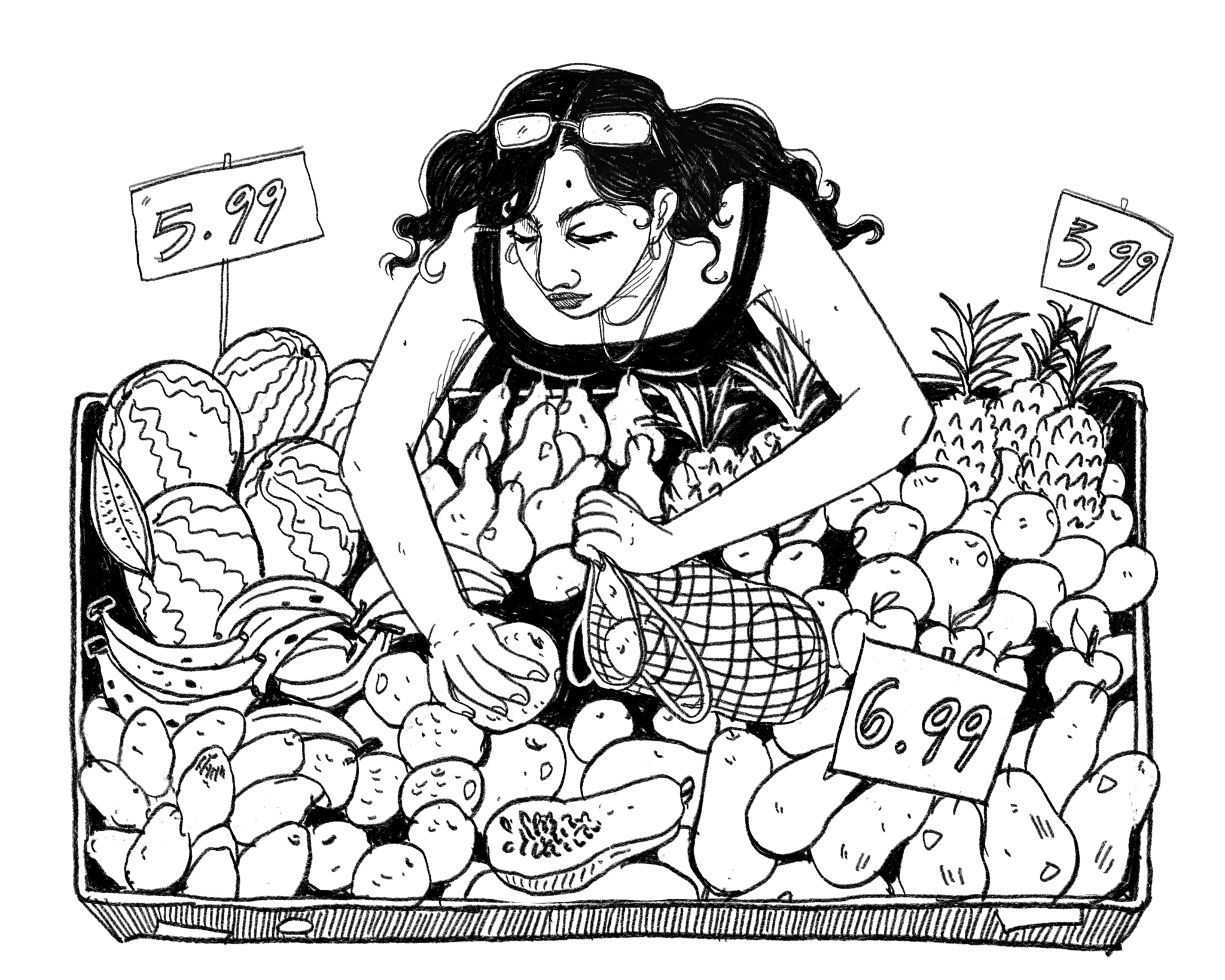
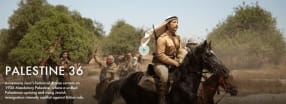
"Palestine 36". Film. Pelicula. Directed by Annemarie Jacir ENG ESP
Publicado hace 4 días.
'Palestina, la existencia negada' Ensayo. Teresa Araguren
Publicado hace 5 días.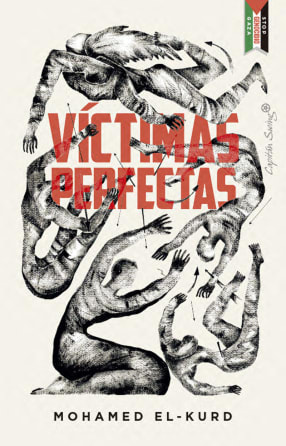
"Víctimas perfectas". Ensayo. Mohamed El-Kurd
Publicado hace 12 días.
Gaza 'scholasticide'. "Escolicidio" en Gaza ENG ESP
Publicado el 27 de octubre.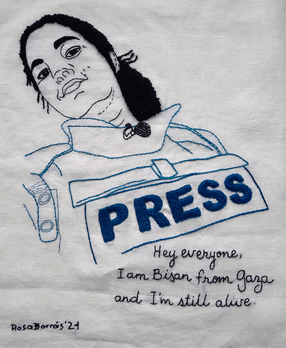
Videos “It’s Bisan from Gaza and I’m Still Alive”. "Soy Bisan, desde Gaza, y sigo viva". ENG ESP
Publicado el 21 de octubre.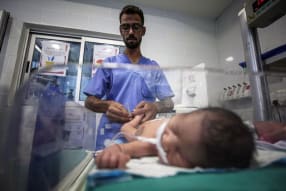
Pictures. C-section post-morten: Israel murdered his mother, father and three brothers. Fotografías. Cesárea postmorten: Israel asesinó a su madres, su padre y sus tres hermanos. ENG ESP
Publicado el 20 de octubre.
2 Nov 2025. Balfour Declaration. Cinema Day. Día de cine palestino, 2 nov 2025. ENG ESP
Publicado el 14 de octubre.Ver más / See more


